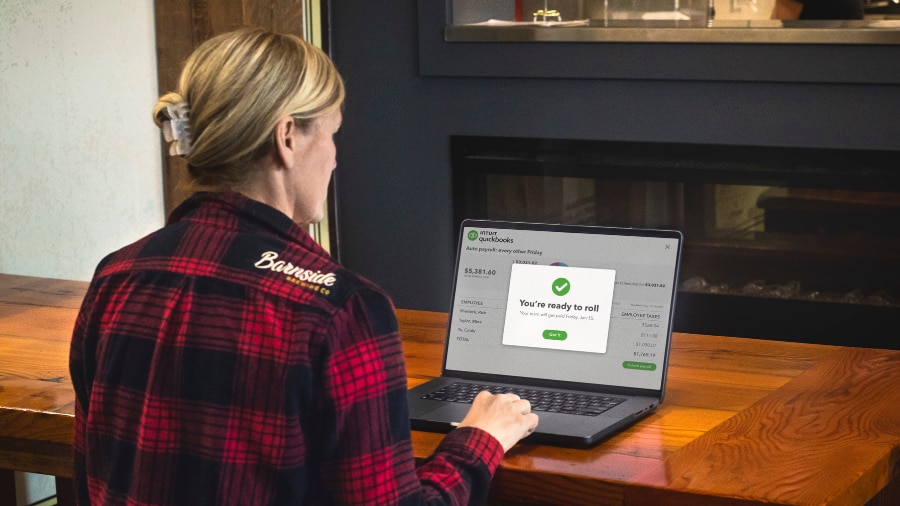Imagine a payroll process that's as smooth as a freshly paved road—where errors are a rarity, and compliance isn't a cause for sleepless nights. That's the value of payroll automation.
Understanding payroll processing can seem intimidating at first, but automation systems can make it much less complicated. There is a compelling case to be made on how payroll automation can help your business save time—as it allows a hands-off approach that can free up your time so you can focus on other aspects of your business.
This guide will take you through the payroll process step by step, so you’re confident and prepared for payday.

